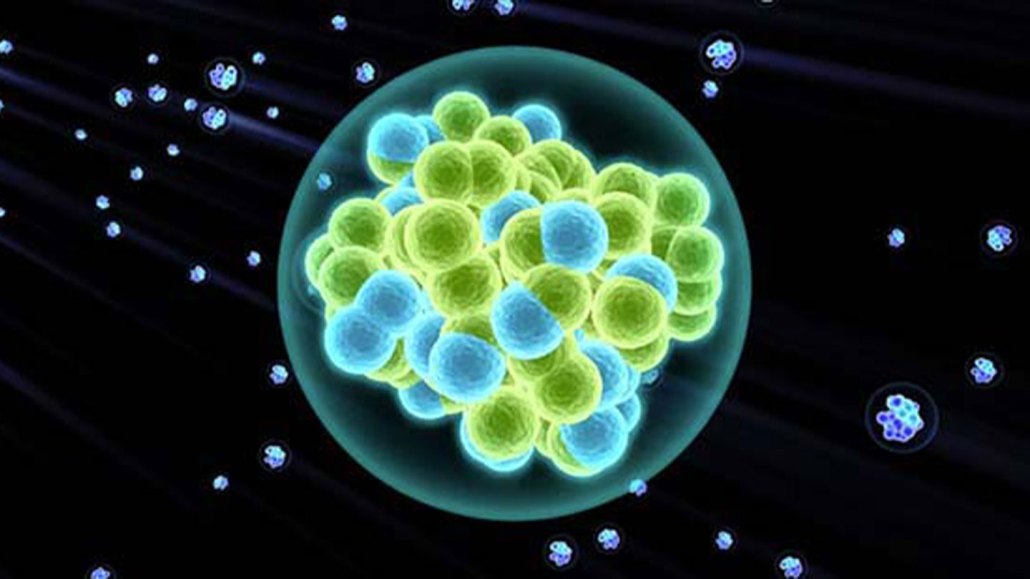50 years ago, the quest for superheavy elements was just getting started
Excerpt from the September 8, 1973 issue of Science News

The superheavy element tennessine (illustrated) joined the periodic table in 2015. Created by smashing atoms in a particle accelerator, the element’s half-life is less than a second.
Kwei-Yu Chu/Lawrence Livermore National Laboratory







